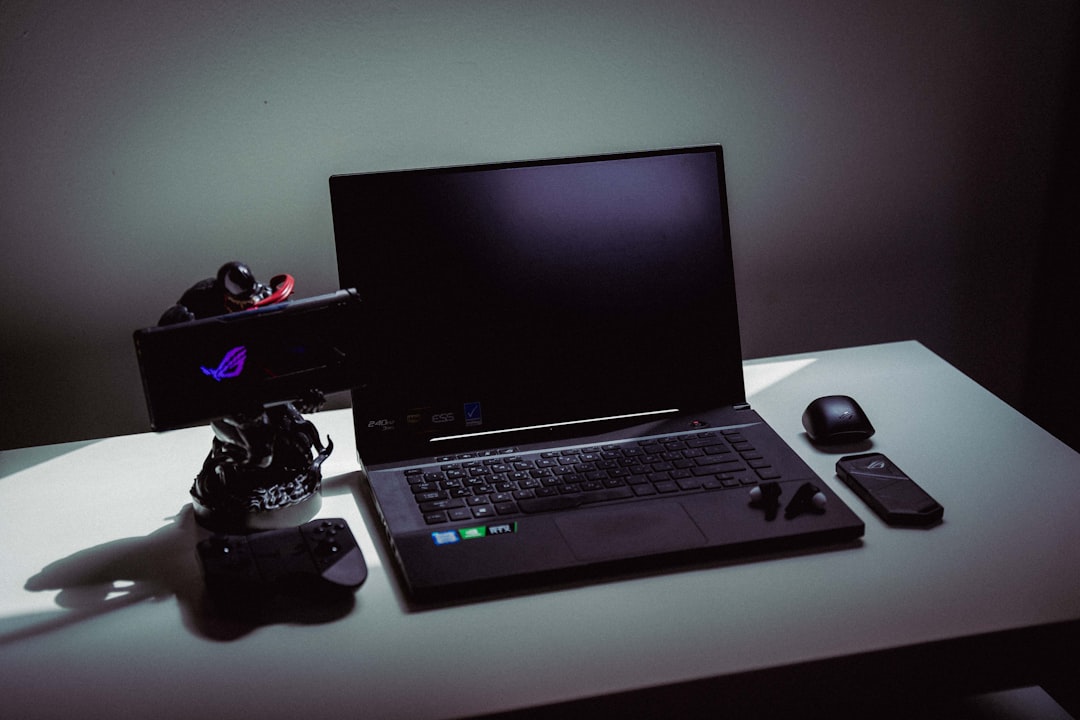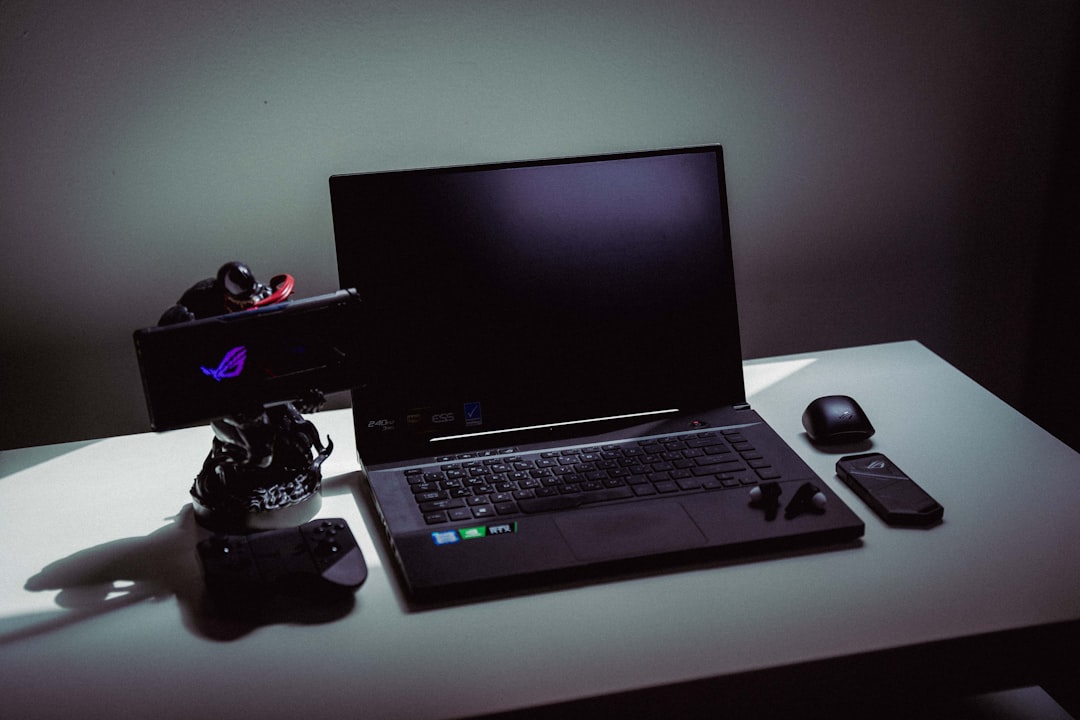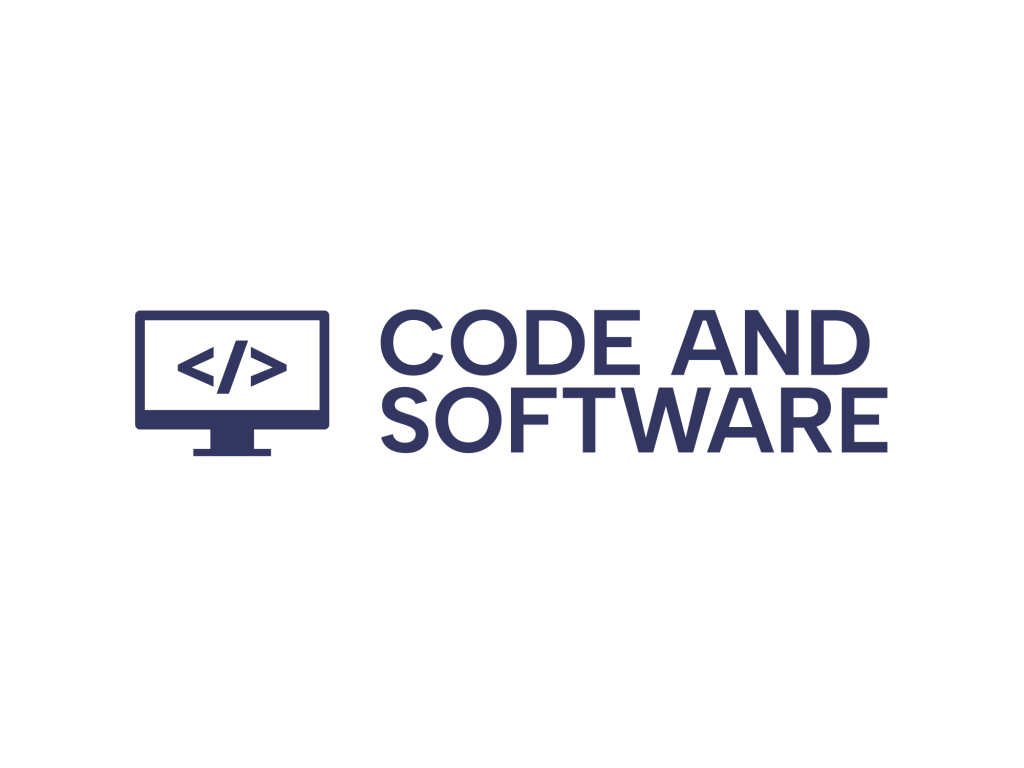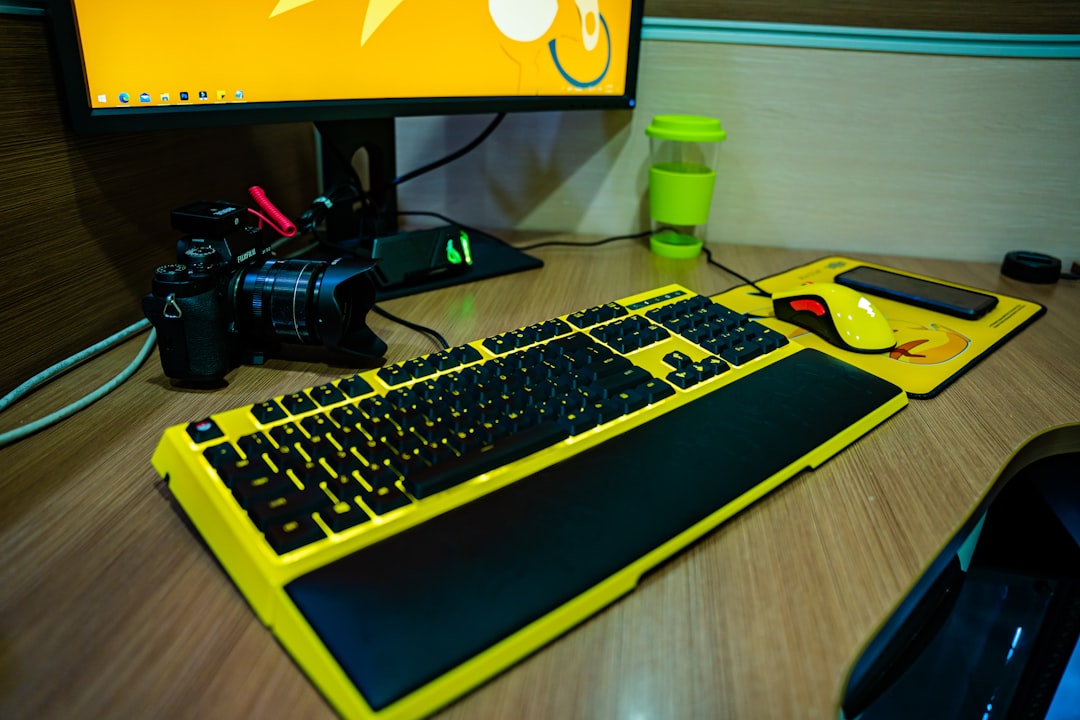Virtual Reality (VR) demands top-tier performance from your hardware — especially when you’re running it on a gaming laptop. Unlike desktop setups, gaming laptops have limited thermal and power envelopes, which can affect VR smoothness and immersion. Thankfully, with the right tweaks, settings, and management techniques, you can significantly boost your laptop’s readiness for VR. Here’s how to optimize your gaming laptop for peak VR performance.
1. Check Minimum VR Requirements
Before diving into optimizations, ensure your system meets or exceeds the minimum VR requirements specified by your headset manufacturer (like Oculus, HTC Vive, or Valve Index).
- GPU: At least an NVIDIA GTX 1060 or better
- CPU: Quad-core Intel i5/i7 or AMD Ryzen 5 equivalent
- RAM: 8GB or more
- USB Ports: Multiple USB 3.0 or higher
Use tools such as Oculus Rift Compatibility Tool or SteamVR Performance Test to analyze if your laptop is VR-ready out of the box.
2. Update Graphics Drivers
Outdated drivers are a common cause of poor VR performance and compatibility issues. Always make sure you’re running the latest GPU drivers from NVIDIA or AMD:
- Visit the NVIDIA Driver Download or AMD Support websites.
- Use their auto-detect tools to find the right driver for your GPU.
Pro Tip: Enable “Game Ready Drivers” or “Adrenalin Software” update settings to be notified about VR-optimized driver updates.
3. Manage Power Settings for Maximum Performance
Gaming laptops often throttle performance to save battery life. This can lead to poor VR experiences with frame drops and lag.
- Switch to the “High Performance” or “Ultimate Performance” power plan in Windows settings.
- Disable any CPU power-saving features in the BIOS, if possible.
- Keep your laptop plugged in during VR sessions.
Also make sure your GPU preference is set to “High Performance” in the graphics settings, especially if your laptop has integrated graphics along with a dedicated GPU.
4. Optimize Cooling and Thermals
High system temperatures can trigger thermal throttling, reducing performance significantly during demanding VR sessions. To avoid this:
- Undervolt your CPU and GPU to reduce heat without sacrificing performance.
- Use external cooling pads or fans to improve airflow.
- Clean dust from vents regularly to prevent overheating.

Lower temperatures help maintain stable frame rates and prevent disorientation or motion sickness caused by VR stutter.
5. Tweak In-Game and VR Settings
Performance can be improved by adjusting resolution, refresh rates, and other VR settings:
- Lower the rendering resolution slightly—you’ll rarely notice a visual difference in VR but the performance gain can be significant.
- Set refresh rate to a figure your laptop can handle consistently (e.g., 72Hz instead of 90Hz).
- Disable unnecessary visual effects like shadows, reflections, and motion blur.
Use VR software platforms like SteamVR or Oculus Debug Tool to fine-tune settings for optimal results.
6. Close Background Applications
Background tasks consume CPU and memory resources, both of which are critical during a VR session:
- Disable apps that auto-start with Windows (via Task Manager)
- Use software like Razer Cortex or MSI Afterburner for automatic optimization
- Temporarily disable antivirus scans during gameplay
Your system should dedicate as many resources as possible to the VR game or experience you are running.
7. Use External Peripherals When Possible
Given the limited USB ports and space on a laptop, using external accessories can improve performance and ergonomics:
- External GPU (eGPU): If your laptop supports Thunderbolt 3 or 4, using an eGPU housing a more powerful desktop GPU can significantly boost VR performance.
- Dedicated VR USB Hub: Prevents data congestion between headset, controllers, and sensors.

8. Keep Your VR Software Updated
VR platforms are constantly updated with performance improvements and new features. Ensure your headset firmware and VR runtime (e.g., SteamVR, Meta Quest Link) are kept current.
Enable auto-updates where possible and stay on top of changelogs — updates often include bug fixes that enhance performance and compatibility.
Conclusion
Optimizing your gaming laptop for VR doesn’t always require expensive upgrades. With smart software tweaks, performance settings, and updated drivers, you can transform your existing setup into a powerful VR platform. Combine these steps for a seamless, immersive virtual reality experience that leverages your laptop’s full capabilities.


Leave a Reply